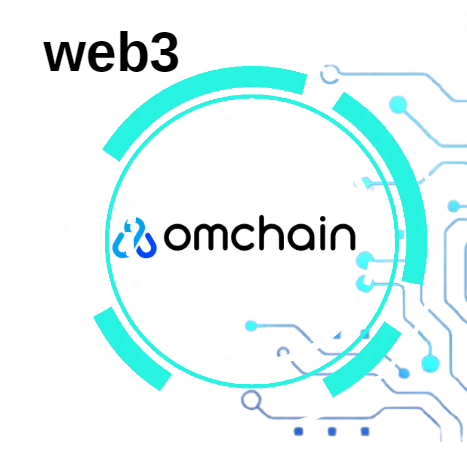
Web 3.0 is the next generation of the internet, which promises to revolutionize the way we interact with online platforms and services. It is a decentralized ecosystem powered by blockchain technology, which eliminates the need for centralized authorities and enables users to interact with each other without worrying about centralized storage for data.
Web 3.0 is built on distributed technologies such as blockchain-based decentralized autonomous organizations (DAO) and decentralized applications (DApps). This means that the ownership of the internet and management of all online assets and services will be given to users, and neither governments, companies nor any other prominent authority will be able to control the data and information flow on the internet.
One of the most significant features of Web 3.0 is its ability to give users more control over their content through a decentralized infrastructure by removing the dependency on transactions and permissions from central authorities. This is promising for the producer economy, where users who provide or own digital data to online communities are financially rewarded.
The cryptocurrencies of the Web3 era are called Web3 coins. These coins enable users to engage in uncensored content and more inclusive payment services, and they reward those who provide or own digital data to online communities. As a result, Web3 coins have the potential to revolutionize the financial industry by enabling users to have more control over their assets and money.
Another exciting development in the Web3 era is the emergence of non-fungible tokens (NFTs). NFTs are unique digital assets that allow for digital ownership through blockchain technology. As new and emerging use cases for NFTs have started to tokenize physical assets, such as art and real estate, NFTs are beginning to have more real-world utility with the help of Web 3.0.
Web3 also offers a more democratic, transparent, and secure internet. In blockchain technology, servers do not belong to a single person, and data is stored in many nodes, making it almost impossible to interfere with, change, or destroy the data stored in the blockchain. This makes Web 3.0 a more democratic, freer, more transparent, and more secure internet.
As the Web3 era continues to evolve, we can expect to see countless new technologies and applications powered by Web3 that will continue to reshape our lives and our world. With its decentralized infrastructure and user-driven focus, Web 3.0 represents a significant leap forward in the evolution of the internet, and it has the potential to revolutionize the way we interact with the digital world.